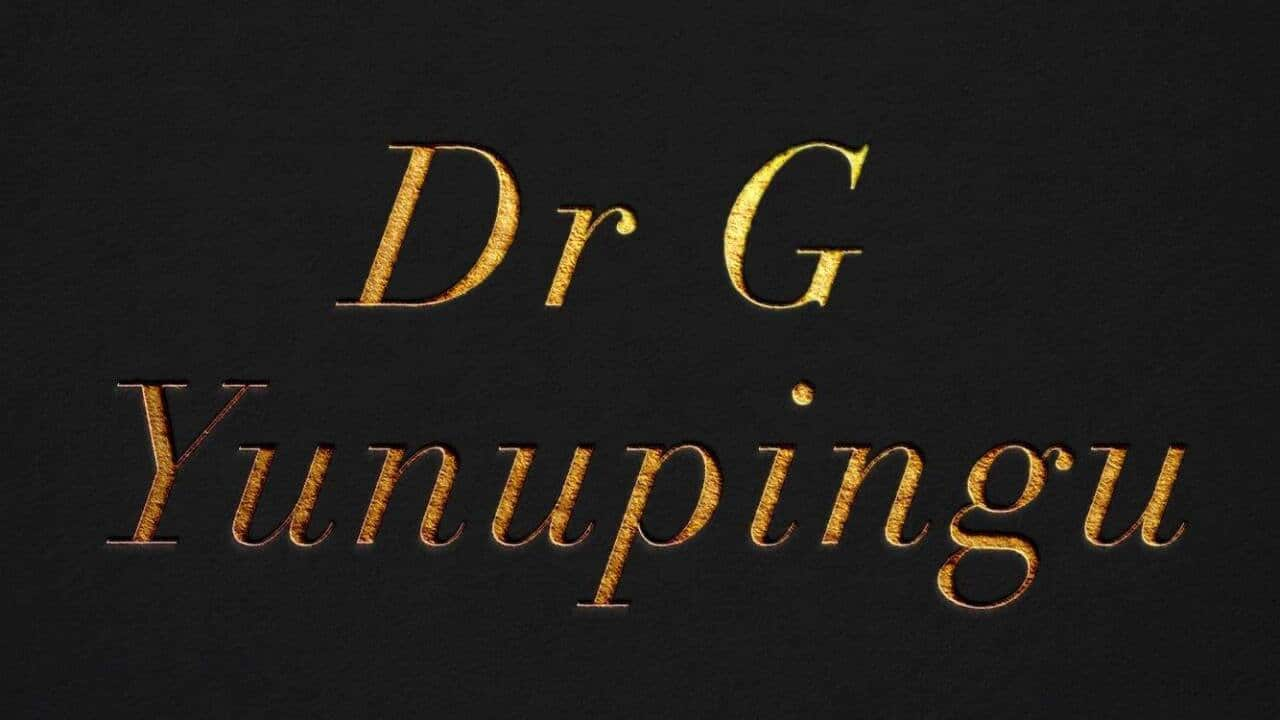Respecting community cultural protocols
The Australian Government agencies have adopted protocols and guidelines when working in Indigenous communities to respect and honour the Aboriginal and Torres Strait Islander culture, unique to Australia.
The Indigenous cultural protocols guide processes when involving Indigenous affairs; from avoiding exposure of sacred sites to speaking to an appropriate representative of a community. It also guides the conduct of reporting on deceased persons in their respected communities.
These guidelines were the result of the sector building better respect and relationships with the Indigenous communities across Australia and to reflect the diversity within the country.
“Respecting Indigenous protocols is such an important process for us an Indigenous channel and our role as the leading voice of Indigenous media," said NITV Channel Manager Tanya Denning.
Depicting the deceased in the media
As outlined in the NITV/SBS , in the case of the deceased members in the Indigenous community protocols for mourning may vary for different clan groups and different individuals.
However, it’s common practice that when there is a member of the community that has deceased, the person’s name is changed due to cultural beliefs and the images of that person are suppressed. This maybe just for a period of time, some cases could vary between six-to-12 months, but liaising with the community is paramount.
Indigenous cultural guidelines for journalists
Journalists and reporters should be aware that:
- In many areas of Indigenous Australia, reproduction of the names and photographs of deceased people is restricted during a period of mourning. The length of this time varies and is determined by the community.
- There is a widespread practice of modifying a deceased person's name or using a circumlocution (e.g. 'the old man who painted'). These can be used in referring to the deceased person.
- When a well-known individual passes away, the local community or media group may issue instructions on how the name, voice or images of this person can be used.
- If names or images are to be used, written permission should be obtained from the person's family and/or community. When contacting the community, care should be taken to avoid using the person's name initially. The context in which the request is made should make it clear who is being referred to.
- If permission is granted, it is usually restricted to the particular media outlet that applied for it. It does not mean that other media agencies can publish the name or image without seeking permission.
Resources for media makers
The most comprehensive set of guidelines for journalists, filmmakers, producers and documentary makers has been developed by the Australian Broadcasting Corporation (ABC).
Cultural protocol at the ABC:
Journalists and documentary makers should be aware that images and voices of long-deceased persons — for example, in archival footage and photographs — may cause distress to Indigenous people.
includes a warning that the ABC uses at the beginning of programs, on its website and radio, to alert Aboriginal and Torres Strait Islander viewers, listeners and readers:
WARNING: Aboriginal and Torres Strait Islander viewers are warned that the following program may contain images and voices of deceased persons.
The statement is copyright of the ABC Indigenous Programs Unit and media operatives can seek permission to use this for their own programs by contact .
Media workers are also reminded that the Media Entertainment and Arts Alliance includes in its Code of Ethics the need to 'respect private grief and personal privacy'.
The MEAA Code of Ethics:
The commercial television industry in Australia also has a , which contains advisory notes on:
- the portrayal of Aboriginal and Torres Strait Islander peoples
- the portrayal of cultural diversity
- privacy issues.
Another useful resource for media is a book titled Signposts - A guide for journalists to reporting Aboriginal, Torres Strait Islander and ethnic affairs, by Kitty Eggerking and Diana Plater. The guide is published by the Australian Centre of Independent Journalism and is available for purchase on the
Originally published at .
One size does not fit all
This country is home to some 200 Indigenous nations and within these nation groups there are varying cultural protocols. Although we have a set of cultural guidelines endorsed by both community and the government, as NITV Channel Manager Tanya Orman-Denning explained.
“Even though we have cultural protocol guidelines we must also remember that every community has their own set of cultural protocols that need to be respected and the best approach is to liaise directly with Indigenous communities remembers as culture protocols may differ from year to year.”
For more information, email














